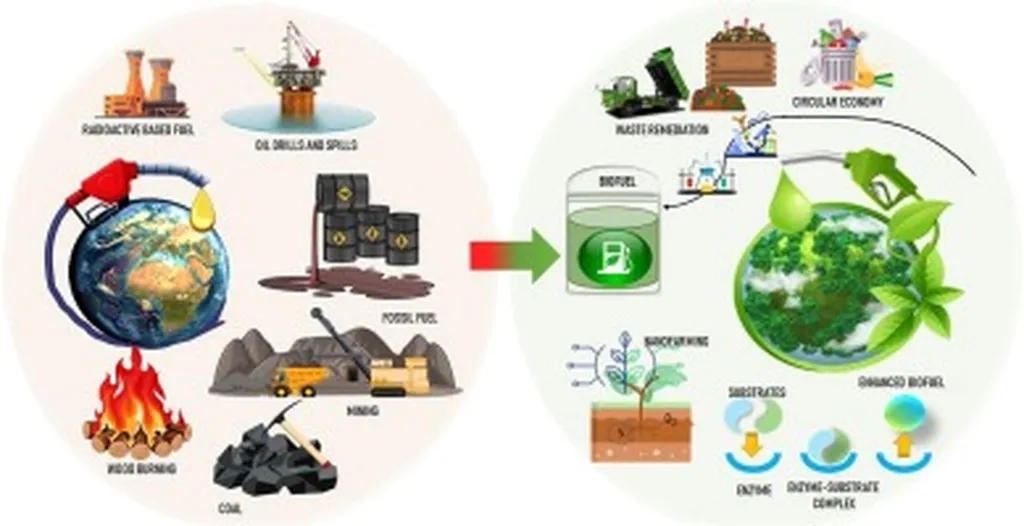In the heart of China’s Shanxi province, researchers are tackling a pressing challenge in the sorghum fields, and their work could ripple out to the energy sector, where sorghum plays a crucial role as a biofuel crop. Mengyao Han, a researcher at the College of Agricultural Engineering at Shanxi Agricultural University, has led a team that has developed a cutting-edge algorithm to improve sorghum spike recognition and yield estimation. Their findings, published in the journal *Agronomy* (translated from Chinese as “Field Cultivation and Crop Science”), could revolutionize how we monitor and manage sorghum crops, with significant implications for biofuel production.
Sorghum, a vital crop for biofuel due to its high energy content and drought resistance, has long posed a challenge for agricultural technology. The dense planting and severe occlusion among spikes make it difficult to accurately detect and track the crop’s progress. “The high planting density of sorghum and the occlusion among spikes substantially increase the difficulty of recognition,” Han explains. “This often leads to false positives and false negatives, making real-time detection on mobile devices a challenge.”
To overcome these hurdles, Han and her team have developed an optimized detection-tracking scheme based on the YOLOv8s model, enhanced with the GOLD module and LSKA attention mechanism. This lightweight detection model integrates dual-branch multi-scale feature fusion, significantly improving the accuracy of sorghum spike recognition. “By optimizing the confidence threshold filtering and cascading matching strategy, we’ve enhanced the tracking robustness in occlusion scenarios,” Han notes.
The team’s improved DeepSort algorithm has achieved impressive results, with a mean Average Precision (mAP) of 85.86%—a 6.63% increase over the original YOLOv8. The model size has been reduced to just 7.48 MB, with a detection speed of 0.0168 seconds per frame. The optimized tracking system attains a Multiple Object Tracking Accuracy (MOTA) of 67.96% and runs at 42 frames per second. These advancements enable rapid and accurate yield estimation, with image- and video-based accuracies reaching 89–96% and 75–93%, respectively.
The commercial impacts of this research are substantial. Sorghum is a key crop in the biofuel industry, and accurate yield estimation is crucial for planning and production. “Our solution overcomes challenges in small object missed detections, ID switches under occlusion, and real-time processing in complex scenarios,” Han states. This technology could be deployed on UAVs (unmanned aerial vehicles) and mobile terminals, providing real-time data for precision agriculture management.
The implications for the energy sector are significant. As the demand for renewable energy sources grows, the need for efficient and accurate monitoring of biofuel crops becomes ever more critical. This research paves the way for smarter, more efficient agricultural practices, ultimately contributing to a more sustainable energy future.
Han’s work not only addresses immediate challenges in sorghum cultivation but also sets the stage for future developments in agricultural technology. As the world moves towards digital transformation in agriculture, this research provides a robust technical foundation for intelligent crop monitoring and precision management. The integration of advanced algorithms and lightweight models offers a promising path forward, ensuring that the energy sector can meet the growing demand for biofuels with greater efficiency and accuracy.
In the rapidly evolving field of agritech, Han’s research stands out as a beacon of innovation, driving the agricultural digital transformation and shaping the future of precision agriculture.

